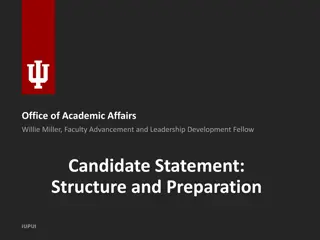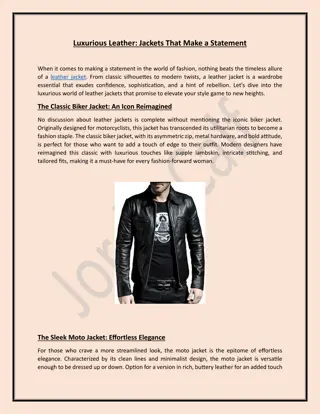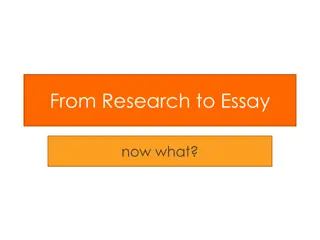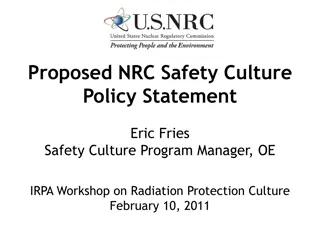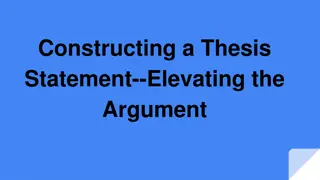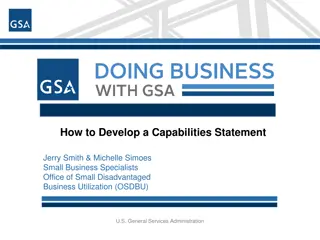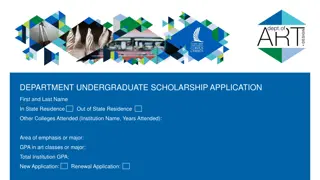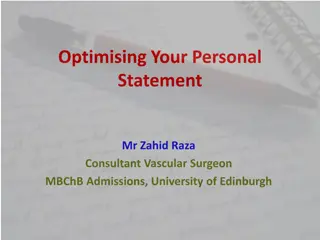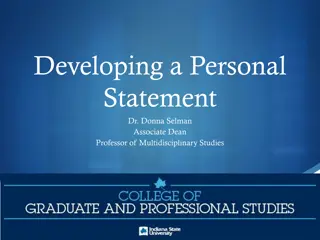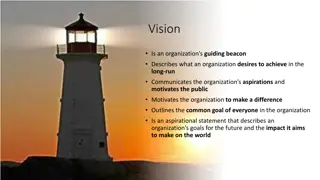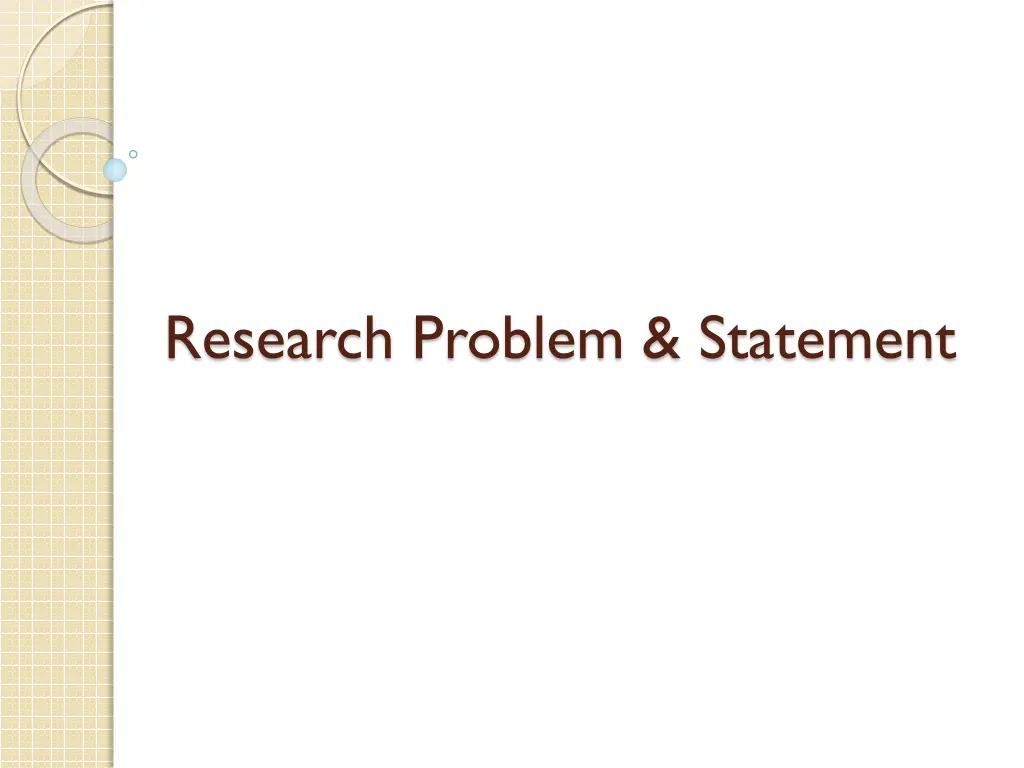
Understanding Research Problems
Explore the significance of research problems in scientific endeavors, from defining the problem to formulating hypotheses and conducting experiments. Learn how research problems drive the quest for new knowledge.
Download Presentation

Please find below an Image/Link to download the presentation.
The content on the website is provided AS IS for your information and personal use only. It may not be sold, licensed, or shared on other websites without obtaining consent from the author. If you encounter any issues during the download, it is possible that the publisher has removed the file from their server.
You are allowed to download the files provided on this website for personal or commercial use, subject to the condition that they are used lawfully. All files are the property of their respective owners.
The content on the website is provided AS IS for your information and personal use only. It may not be sold, licensed, or shared on other websites without obtaining consent from the author.
E N D
Presentation Transcript
Scientific Research Broadly Defined Science is an objective, logical, and systematic method of analyzing and explaining phenomena, devised to permit the accumulation of reliable knowledge. The product of science is knowledge
The Process of Science The process of science begins with speculation, observation, and growing understanding of some idea or phenomenon. This understanding is used to shape research questions, which in turn are used to develop hypotheses that can be tested by proof or experimentation. The results are described in a paper, which is then submitted for independent review before (hopefully) being published; or the results are described in a thesis that is then submitted for examination. --Justin Zobel
Research Project Lifecycle An individual research project (such as a Ph.D. dissertation) follows a specific life cycle: Choose research question/problem; formulate hypotheses Determine current state of knowledge Apply appropriate methods to produce research results To verify the hypotheses To evaluate the proposed solutions Write up research results Research is not complete until it is written up (and published) Peer Review is critical!
The Research Problem It is the cornerstone of any research project It is what derives the specific research questions to be explored and the hypotheses to be tested It is situated in the context of existing knowledge Yet, it highlights a gap in that knowledge that must by filled It is solvable .
Mankind only sets itself such problems as it can solve, since closer examination will always reveal that the problem itself only arises when the material conditions for its solution are already present or in the process of formation. -- Karl Marx, 1859
Characteristics of Research Problem must be stated precisely must address an important question must advance existing knowledge must be grounded in objective reality must hint at the possible solutions must invite one or more research questions must lead to the formulation of one or more (possibly competing) hypotheses
Characteristics of Research Problems Research project not for self- enlightenment Simply comparing 2 data sets or phenomena not sufficient Simply computing correlations between variables not sufficient Need to ask why correlation exists Problems resulting in yes or no answers not good research problems Need to focus on the what and the why
Characteristics of Research Problems Should be motivated by identifying the context and an existing gap in knowledge Objectives of research should be part of the statement of the problem Should include assumptions and delimitations Examples of poorly stated problems: Security on wireless devices Methods for analyzing large data sets
How to formulate an important and useful research problem? First need to be knowledgeable about your topic of interest read the current literature - most likely it will tell you what needs to be done especially workshop and conference papers in the area of research attend professional conferences seek the advice of experts
Possible Avenues for Identifying Research Problems Address the suggestions for future research that other researchers have offered Replicate a project in a different setting or with a different population Apply an existing perspective to a new situation or domain Challenge other research findings
Role of Intuition and Instinct Often the task of specifying a problem is initiated by an intuition or a vague instinct rooted in observation This motivation by belief, or instinct, is a crucial element of the process of science: since ideas cannot be correct when first conceived, it is intuition and plausibility that suggests them as worthy of consideration. That is, the investigation may well have been undertaken for subjective reasons; but the final report on the research, the published paper, must be objective. -- Justin Zobel, 2005
A better black box You are the leader of the industrial research laboratory for International Black Box Inc. One of your researchers says, With a little research,I can build a better Black Box. Before you approve the project, what do you want to know?
George Heilmeier George Harry Heilmeier (May 22, 1936 April 21, 2014) was an American engineer, manager, and a pioneering contributor to liquid crystal displays (LCDs), for which he was inducted into the National Inventors Hall of Fame. Heilmeier's work is an IEEE Milestone. Heilmeier's Catechism: A set of questions that anyone proposing a research project or product development effort should be able to answer.[
Heilmeiers Questions What are we trying to do (no jargon,please)? How is it done today and what are the limitations of current practice? What is new in your approach and why do you think it can succeed? Assuming success,what difference will it make? Who cares and why should they care? What are the risks and risk reduction plans? How long will it take? How much will it cost? What are the mid-term and final exams ? - George Heilmeier,Personal communication,Dec 7,2008
Purpose of the Problem Statement Represents the reasons/motivation behind your proposal (based on the specific domain of study). It specifies the conditions you want to change or the gaps in existing knowledge you intend to fill (this is the specification of the research problem). Should be supported by evidence. Specifies your hypothesis that suggests a solution to the problem. Shows your familiarity with prior research on the topic and why it needs to be extended. Even if the problem is obvious, your reviewers want to know how clearly you can state it.
Guidelines for writing a good abstract/problem statement All should have the following elements in this order: State the general case / problem Describe what others have done What s missing / where is the gap in knowledge? Describe the proposed solution or research objectives/questions Specify one or more specific hypotheses Should include specific metrics/measurements Discuss how their validation addresses the research questions Specific results (or research design, if it is a proposal)
Find Your Problem Your assignment: submit a clear, precise statement of a computer science research problem (an abstract for your research proposal). Guidelines: Problem is stated in complete, grammatical sentences Must contain the elements described in guidelines for writing abstracts/problems statements (previous slide) It includes one or more specific hypotheses It is clear how the area of study will be delimited or focused It is more than a simple exercise in gathering information, answering a yes/no question or making simple comparisons Includes a discussion of metrics, methods and experiments to verify the hypotheses Also complete the worksheet on pp. 60-61 of Practical Research.
Refine Your Problem Statement 1. Complete the checklist on page 50 of Practical Research. 2. Think about sub-problems and further delineate your statement. 3. Start completing the checklist on pp. 60-61, then go back to your problem statement/abstract and revise as necessary.
Hypotheses Tentative propositions set forth to assist in guiding the investigation of the problem or to provide possible explanation for the observations made
Examples of Hypotheses Error-based pruning reduces the size of decision trees (as measured in the number of nodes) without decreasing accuracy (as measured by error rate) The use of relevance feedback in an information retrieval system, results in more effective information discovery by users (as measured in terms of time to task completion) The proposed approach for generating item recommendations based on association rule discovery on purchase histories results in more accurate predictions of future purchases when compared to the baseline approach. [From a recent Google experiment] Longer documents tend to be ranked more accurately than shorter documents because their topics can be estimated with lower variance.
Falsifiability Popper s Conjectures and Refutations Confirmations of theories are usually easy to find when sought True confirmations should be surprising unenlightened by the theory, we should have expected an event which was incompatible with it Good scientific theories are prohibitions they forbid certain things from happening. The more they forbid the better they are. A theory which is not refutable by any conceivable event is not scientific. Irrefutability is not a virtue, but a vice.
Falsifiability No amount of experimentation can ever prove me right; a single experiment can prove me wrong. -- Albert Einstein
The intensity of the conviction that a hypothesis is true has no bearing on whether it is true or not. P.B. Medawar Advice to a Young Scientist
The great tragedy of science, the slaying of a beautiful hypothesis by an ugly fact. T.H. Huxley Biogenesis and Abiogenesis
Falsifiability Falsifiability is the logical possibility that an assertion can be shown to be false by evidence Does not mean false. Instead, if a falsifiable proposition is false, its falsehood can be shown by experimentation, proof, or simulation. There are different degrees of falsifiability What make a hypothesis unfalsifiable? Vagueness theory does not predict any particular experimental outcome Complexity/Generality theory explains any experimental result Special pleading traditional experimental methods are claimed not to apply
Examples of Problem Statements
MoJo: A Distance Metric for Software Clustering The software clustering problem has attracted much attention recently, since it is an integral part of the process of reverse engineering large software systems. A key problem in this research is the difficulty in comparing different approaches in an objective fashion. [Ed: Needs to say in more detail what the difficulty is] We propose a metric that calculates a distance between two partitions of the same set of software resources. We hypothesize that this metric can be used to effectively evaluate the similarity of two different decompositions of a software system. We begin by introducing our model and presenting a heuristic algorithm that calculates the distance in an efficient fashion. We evaluate the performance of the algorithm and the effectiveness of the metric . [Ed: Need to say more about the experiments and how they might be used to validate the hypothesis]
Task-Oriented Pattern Discovery for Predictive Web User Modeling An essential task in building personalized and adaptive systems is the development of predictive models for user behavior. Existing approaches tend to generate shallow patterns which do not capture the full complexity of users' online behavior such as changes in preferences or contexts. To better capture users' underlying interests or information needs, we introduce the notion of task . A task is a set or sequence of actions which are likely to be performed commonly by users in order to meet a specific information need or perform a specific function. We hypothesize that patterns discovered at the task level can provide a better understanding of users' underlying interests, which in turn, can lead to more accurate predictive models. We propose an approach based on probabilistic latent variable modeling to automatically discover task-level patterns from users navigation data. We will perform experiments on real Web navigation data to validate that the proposed approach results in more accurate and flexible predictive models. [Ed: Need more on metrics and experimental design]
Personalization in Folksonomies Based on Tag Clustering Collaborative tagging systems, sometimes referred to as folksonomies, enable Internet users to annotate or search for resources using custom labels (tags) instead of being restricted by pre-defined navigational or conceptual hierarchies. However, the flexibility of tagging results in large numbers of redundant, ambiguous, and idiosyncratic tags which can render resource discovery difficult. We believe that automatic clustering of tags based on their common occurrences across resources can be used to ameliorate this problem by reducing noise and identifying trends. We propose an approach based on tag clustering to personalize the system s output to a user based on the user s past tagging behavior, presenting the users with resources that correspond more closely to their intent. We hypothesize that this personalized approach will be more effective (measured by average precision and recall) than standard non- personalized search using tags as queries. We validate this claim using data from two real collaborative tagging Web sites. [Ed: Need to say more about the experimental approach]
Bias Amplification in AI-Based Algorithms for Personalized With the growing influence of data-driven personalization algorithms on our daily decisions, there has been a shift of focus in research from model accuracy to other socially-sensitive concerns such as diversity, fairness, and bias mitigation. Studies have shown that optimization that enhances predictive accuracy may have the unwanted side effect of perpetuating or even amplifying existing biases in data used to train the predictive models. Our main goal in this research is to study how different machine learning algorithms used in personalized recommender systems propagate or amplify existing preference biases in the input data. We introduce the notion of bias disparity to measure bias propagated by different algorithms with respect to the preferences of specific user groups such as men or women towards specific item categories such as different news categories, movie genres, or job types. We will conduct extensive experiments using existing data sets used for training recommendation algorithms to measure the impact of bias propagation by different algorithms on groups of users and on the system as a whole. If successful, our findings could be used by system designers in determining the choice of algorithms and parameter settings in critical domains to prevent discriminatory behavior by the system, or in situations where there is a danger of amplifying biases in user preferences leading to the rabbit-hole effect.

